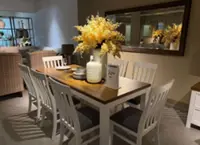Designing for small spaces requires a bit of creativity to maximise comfort, aesthetics and functionality. Photo: 123rf.com
It is not easy to make do with a limited amount of space. However, there is no denying that there has been a growing trend of people downsizing and opting for smaller living spaces, especially with a higher cost of living in urban areas.
Small apartments and houses may have certain disadvantages, but the cost savings and ease of maintenance often outweigh them for many homeowners.





